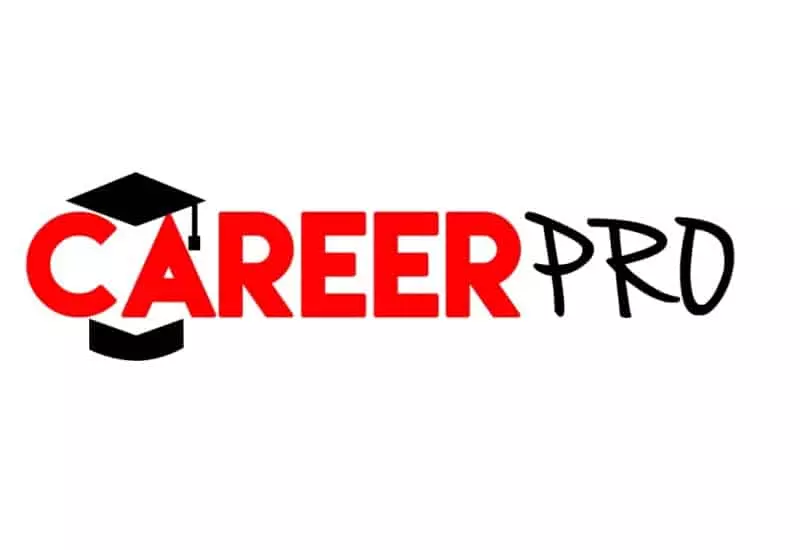If you grew up in a low-income situation, you will appreciate the need for more schools that value education, accountability, and community. Non-profit schools provide children of color and low-income children with opportunities that public schools simply cannot. Innovative educational models like Rocketship Education, which has been around since 2007, have started to gain traction in terms of public perception and popularity. According to the National Alliance for Public Charter Schools, there are 3.1 million students currently enrolled in charter or non-profit public schools. This number is only going to go up, and for good reason. There are those who express concerns about this trend, but what they fail to realize is that the fact that this movement is growing is a clear sign that the way we conceive of public education is in need of a collective re-imagining.
However the debate is framed between the merits of traditional public schools and non-profit or charter public schools, the problem at the heart of the debate the achievement gap. This refers to ongoing disparity in academic outcomes between kinds of students, such as low-income students and high-income students, or white students and students of color. As Ben Hecht points out, “For many Americans, especially those of color and from low-income families, the education that you get today is simply not good enough to compete in the current globalized economy. The result is a K-12 system that has produced 6.7 million young people, who neither finish nor can find work.” The achievement gap is real.
The most effective way to solve the achievement gap problem is to look beyond the old and flawed models of childhood education to more sustainable and scalable possibilities. The most positive aspects of the public school (such as community focus) can be combined with a new approach that highlights personalized learning, parent engagement, and diversity of experience and outcome. By focusing on the traditional Humanities topics as well as STEM, non-profit schools can give young people a much-needed advantage and a way to compete in the marketplace of the future. High earning careers need not exclusive to those who were born with privilege. The 21st century school must be a school that provides all kids with an equal chance to have access to their own future and this means they must have equal access to an education that is challenging and gives them the tools to discover their own natural talents. To put it simply, innovative non-profit schools unlock the potential of children, and we owe it to our children to give them this gift.




